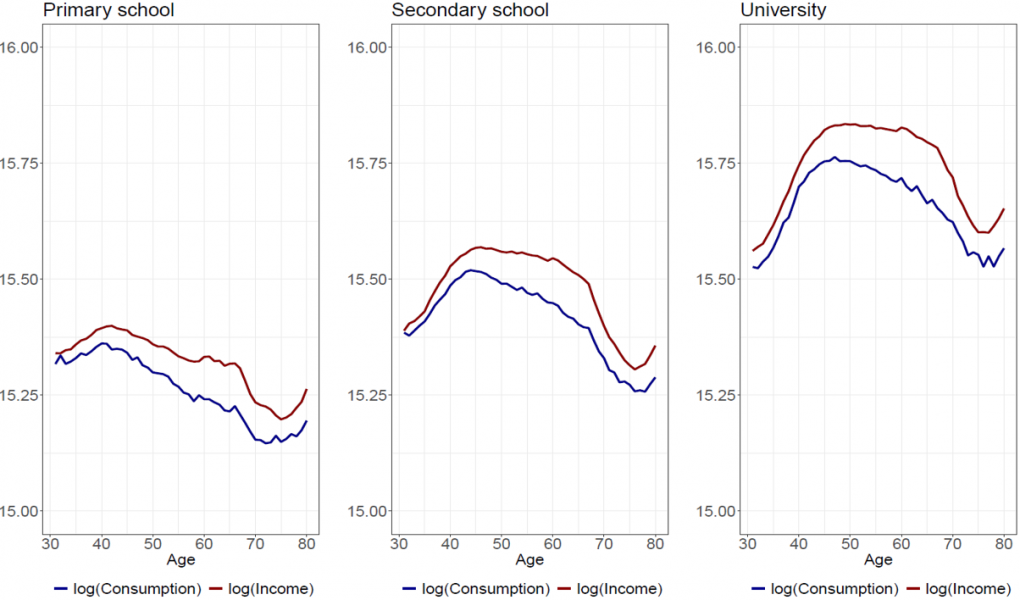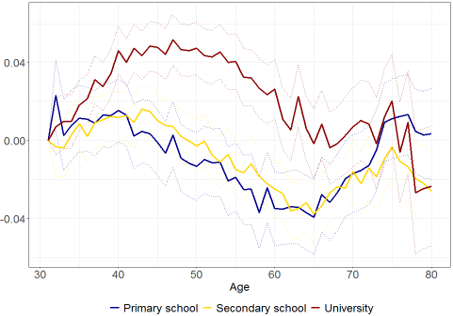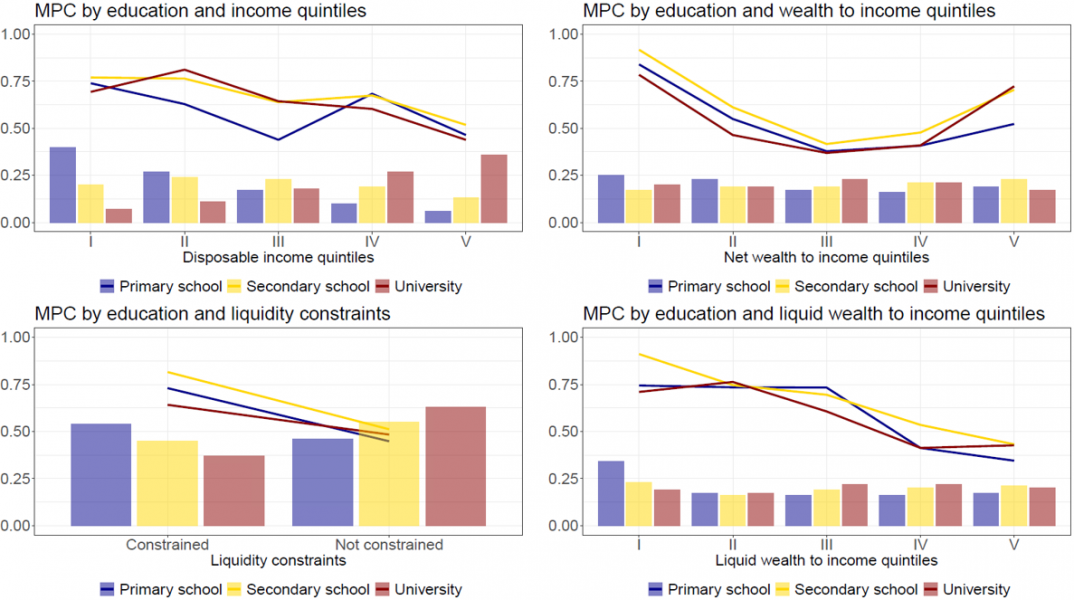References
Blundell, R., Pistaferri, L., & Preston, I. (2008). Consumption inequality and partial insurance. American Economic Review, 98(5), 1887-1921.
Deaton, A. (2019). The analysis of household surveys: A microeconometric approach to development policy. World Bank Publications.
Gudmundsson, G. S., & Zoega, G. (2014). Age structure and the current account. Economics Letters, 123(2), 183-186.
Hall, A., Scheving, A. S., & Zoega, G. (2021). The effect of a financial crisis on household finances: A case study of Iceland’s financial crisis. Journal of Financial Crises, 3(4), 1-24.
Jensen, S. H., Olafsson, S. P., Sveinsson, T. S., & Zoega, G. (2023). Mapping educational disparities in life-cycle consumption. CESifo Working Paper No. 9855.









